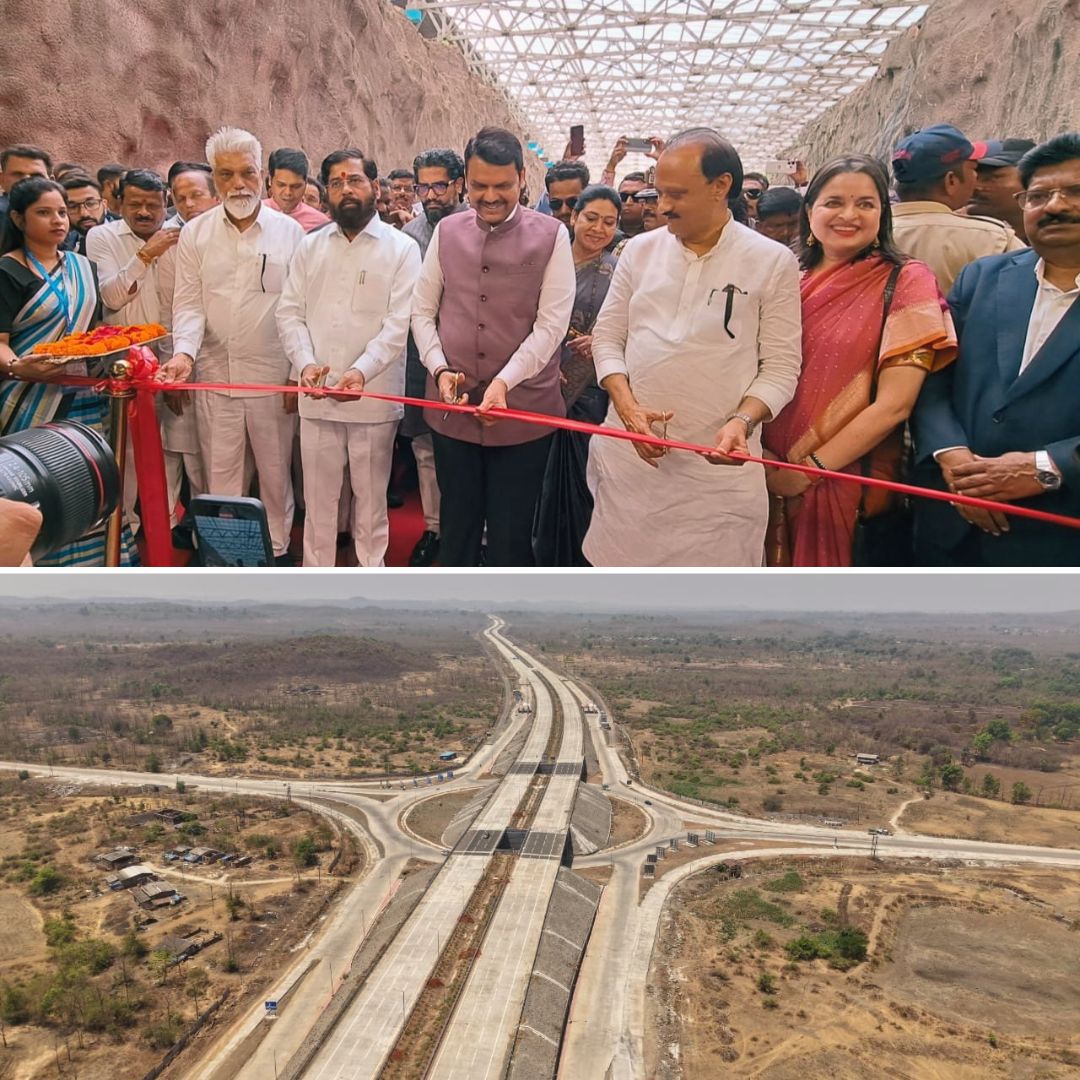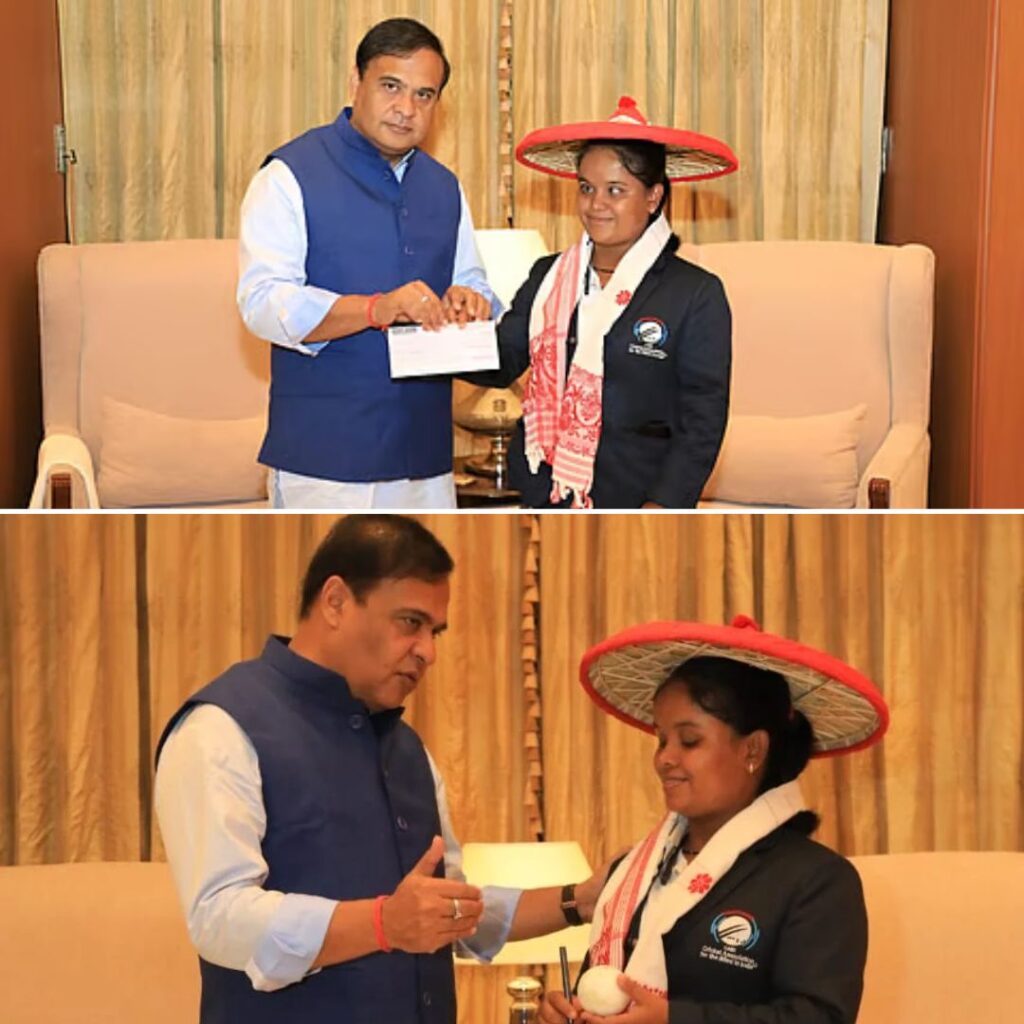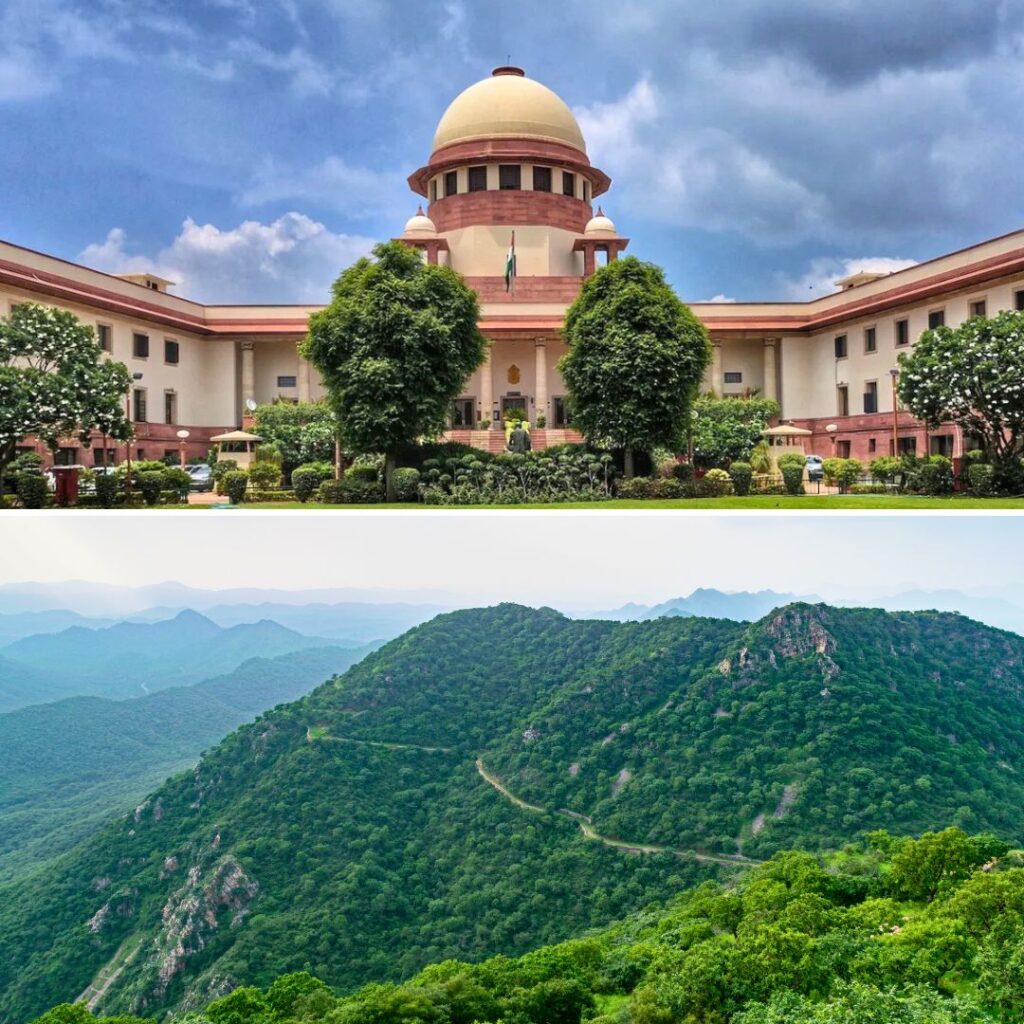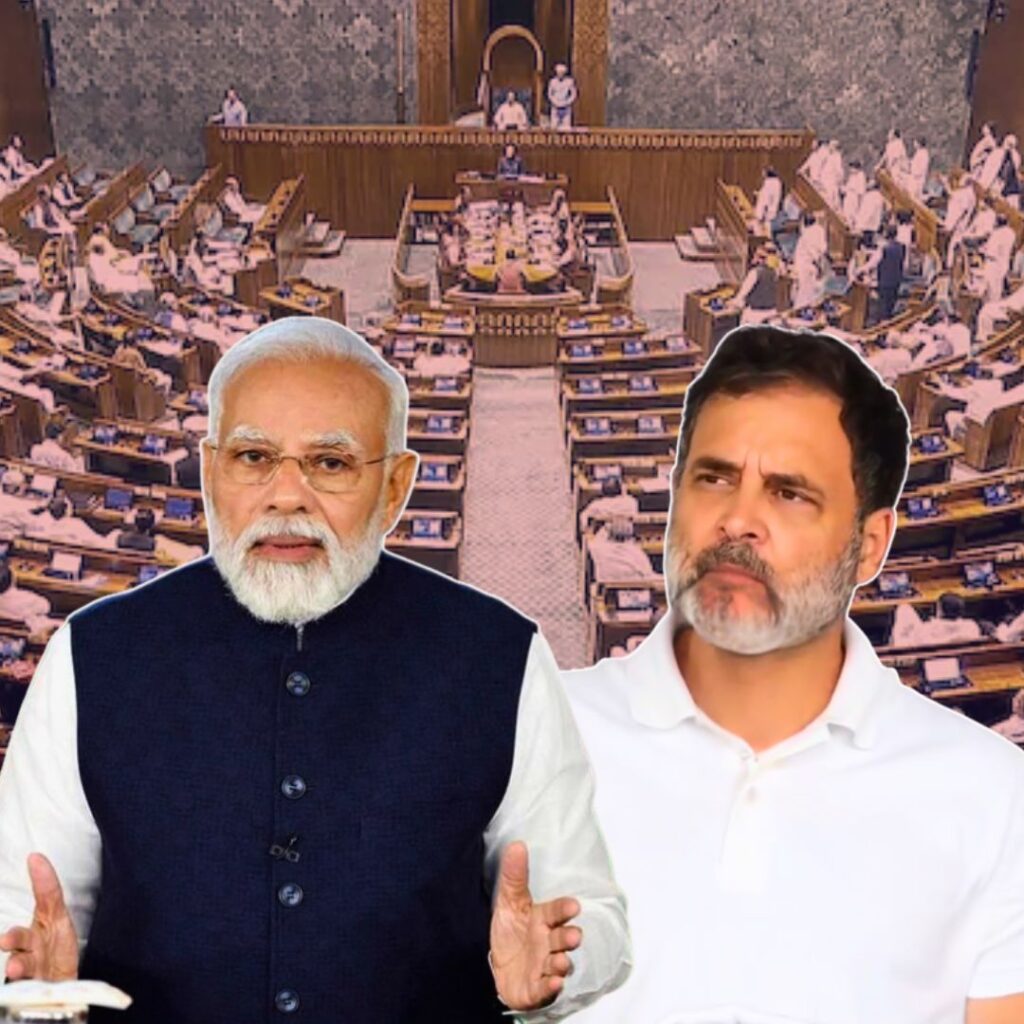Maharashtra Chief Minister Devendra Fadnavis, along with Deputy Chief Ministers Eknath Shinde and Ajit Pawar, officially inaugurated the final 76-kilometre stretch of the Hindu Hriday Samrat Balasaheb Thackeray Maharashtra Samruddhi Mahamarg between Igatpuri and Amane on June 5, 2025.
This event marks the completion of the entire 701-kilometre expressway connecting Nagpur and Mumbai, now fully operational. The expressway dramatically reduces travel time between the two cities from 16–17 hours to just 8, promising to reshape commerce, connectivity, and daily life for millions.
The government has also introduced a new toll structure, with phased hikes planned for the coming years, and announced further infrastructure expansions to maximise the expressway’s benefits.
Maharashtra’s New Economic Artery: Features and Impact
At the inauguration in Igatpuri, Chief Minister Fadnavis described the Samruddhi Mahamarg as “the prosperity lifeline of Maharashtra,” emphasising its role in linking agricultural, industrial, and tourism hubs across 24 districts.
The six-lane, access-controlled expressway was built at a cost of ₹55,335 crore and includes advanced features such as five double tunnels (including the state’s longest at 8 km), more than 100 wildlife underpasses, and state-of-the-art safety systems like temperature-sensitive fire-fighting and rainwater harvesting.
Deputy Chief Minister Ajit Pawar highlighted the expressway’s direct connection to the Jawaharlal Nehru Port Trust (JNPT), which will streamline logistics and export operations, while Eknath Shinde noted the project’s potential to create “18 new smart industrial townships” and generate thousands of jobs. Local residents and business owners have welcomed the expressway, anticipating a surge in tourism, real estate development, and market access for farmers.
Overcoming Challenges: Cost, Connectivity, and Toll Hikes
The Samruddhi Mahamarg’s journey from blueprint to reality was marked by significant challenges, including complex land acquisition, environmental clearances, and engineering hurdles—especially in constructing tunnels and wildlife crossings through the Western Ghats.
The project’s cost escalated from the initial estimate of ₹55,500 crore to over ₹61,000 crore. The state government has implemented a revised toll structure: light motor vehicles now pay ₹2.45 per km (up from ₹2.06), resulting in a full-length journey toll of ₹1,717.45 for cars.
Further toll hikes are scheduled for 2028 and 2031, raising concerns among regular commuters and transporters about affordability. While the expressway’s current terminus at Amane is approximately 60 km from Mumbai, the government has assured that the Vadpe interchange—crucial for seamless Mumbai access—will be completed within a year.
Plans are also underway to connect the expressway with the upcoming Vadhavan Port and to develop additional expressways, such as the Shaktipeeth Mahamarg, to further enhance the state’s road network.
Looking Ahead: Sustainability, Inclusion, and Regional Growth
Experts believe the Samruddhi Mahamarg will be a catalyst for Maharashtra’s economic transformation, facilitating faster movement of goods and people, boosting tourism, and attracting investment to previously underdeveloped regions.
The expressway’s design incorporates environmental safeguards, such as wildlife underpasses and rainwater harvesting, setting new standards for sustainable infrastructure. However, stakeholders have urged the government to prioritise last-mile connectivity, ensure fair toll policies, and support small businesses and farmers in leveraging new opportunities.
The government’s vision includes creating industrial corridors, logistics parks, and agro-processing hubs along the route, aiming for balanced regional growth and reduced migration pressures on major cities.
#SamruddhiMahamarg fully operational: 701km expressway cuts #Nagpur–#Mumbai travel time to 8 hours, includes 5 tunnels
— The Times Of India (@timesofindia) June 6, 2025
Details here 🔗 https://t.co/g5bRcwFdbE#Maharashtra pic.twitter.com/w2dUwqacjp
The Logical Indian’s Perspective
The completion of the Samruddhi Mahamarg is a testament to Maharashtra’s ambition and ability to deliver world-class infrastructure. This expressway is not just a road—it is a bridge to opportunity, connecting communities, markets, and aspirations across the state.
As we celebrate this milestone, it is vital to ensure that the benefits are equitably shared and that the project remains accessible, sustainable, and sensitive to both people and the environment. With toll hikes and last-mile challenges still ahead, continued public dialogue and government responsiveness will be key. How do you think such mega-projects can best balance growth, affordability, and sustainability?
The Samruddhi Mahamarg, a 701 Km greenfield expressway connecting Mumbai to Nagpur, is now fully operational after the final 76 Km stretch between Igatpuri and Amane opened on June 5, 2025.
— 🇮🇳 Amαr (@Amarrrrz) June 5, 2025
Inaugurated by CM Fadnavis, the expressway cuts travel time from 17 to 8 hours, marking a… pic.twitter.com/vQCrgYwF7t
Samruddhi Mahamarg to Be Fully Operational!
— Siege (@Siege4570) June 3, 2025
On June 5, CM Fadnavis will inaugurate the final 76 km stretch (Igatpuri–Amane), cutting Mumbai–Nagpur travel time from 16 to 8 hours. A major boost for Maharashtra’s connectivity and growth!#SamruddhiMahamarg #Maharashtra #Bharat pic.twitter.com/YUDUncpA4Z











